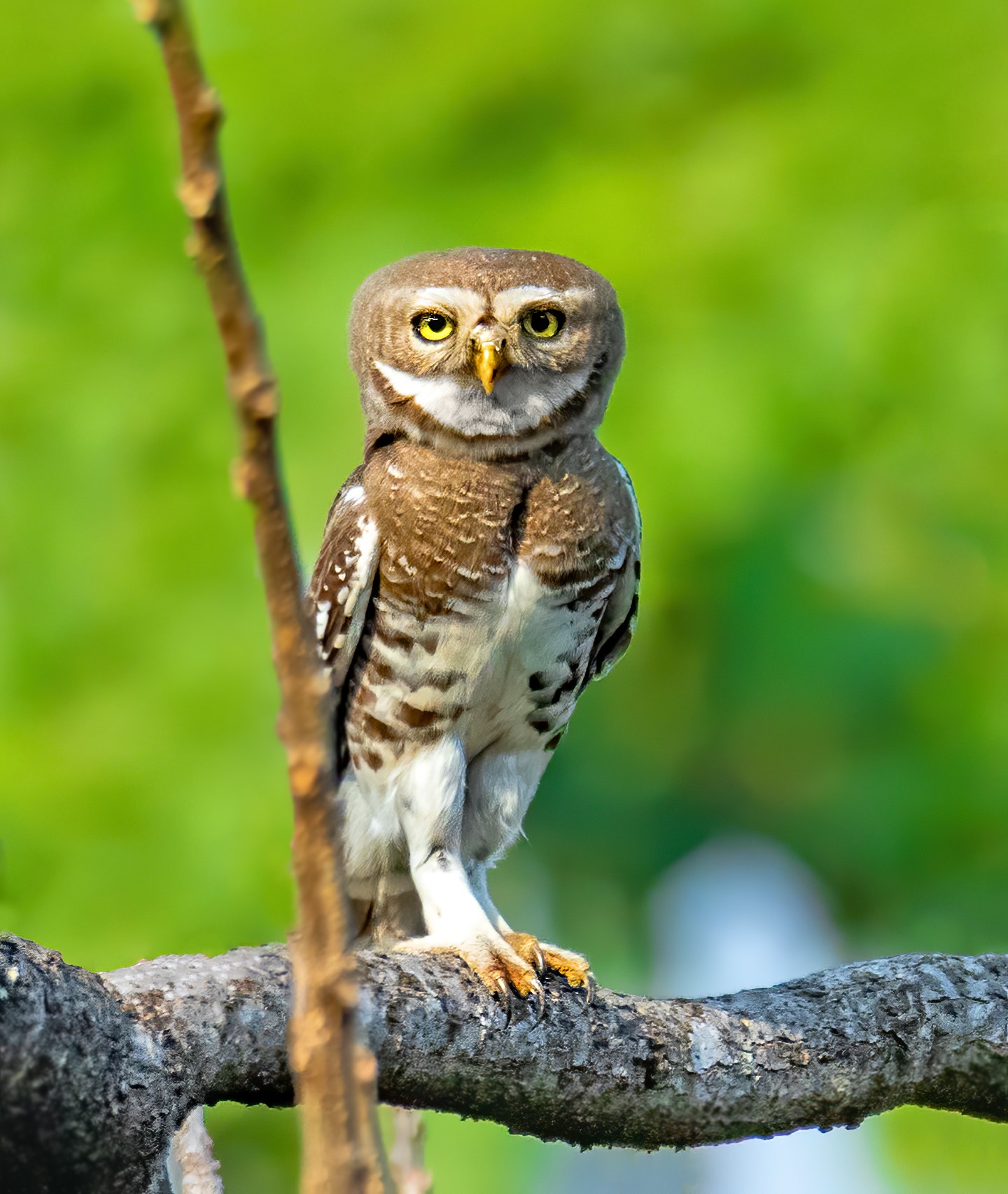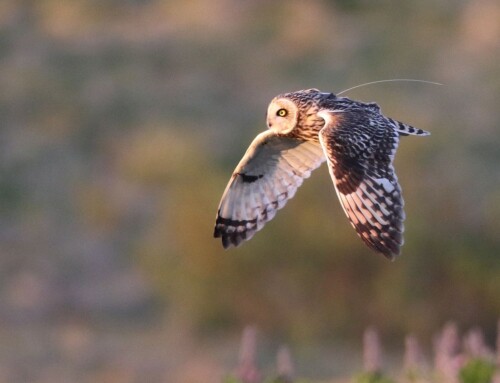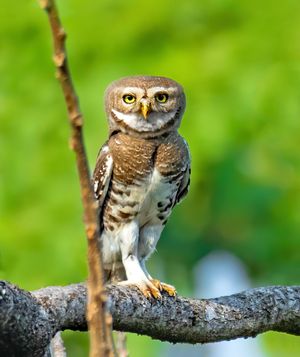 LINKED PAPER
LINKED PAPER
Re-assessing the phylogenetic status and evolutionary relationship of Forest Owlet (Athene blewitti (Hume 1873)) using genomic data. Vinay, K., Natesh, M., Mehta, P., Jayapal, R., Mukherjee, S. & Robin, V. 2022 Ibis. doi: 10.1111/ibi.13097 VIEW
The Forest Owlet (Athene blewitti) ranks among the rarest Indian subcontinent birds and is endemic to central India. It occurs only in a few pockets within a narrow range of latitudes. It is placed on Schedule I of the Indian Wildlife (Protection) Act (1972) – the highest legal protection in India, and categorised as Endangered on the IUCN Red List. It has caught the fascination of scientists and naturalists alike – it was long thought to be extinct, rediscovered in 1997, and then was in the news when major scientific fraud, of Richard Meinertzhagen, was unearthed in 1999. For over a century, the Forest Owlet’s taxonomic placement has been debated and revised multiple times. Based on morphometric data, osteological evidence and behaviour, the Forest Owlet was placed in the genera Heteroglaux, Athene and even Glaucidium between 1873 and 2018.
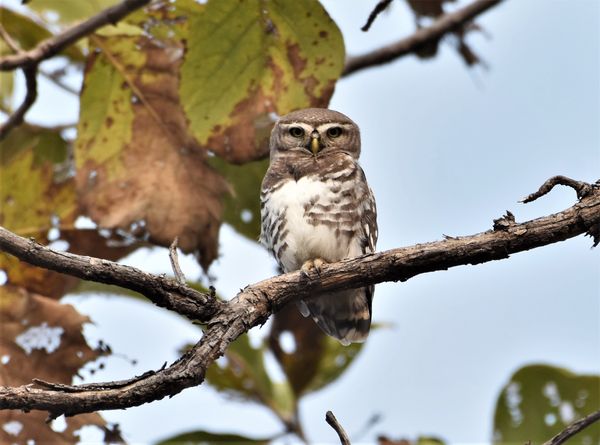
Figure 1 Adult Forest Owlet from Khandwa, Madhya Pradesh, India © Paul Anthony B.
From an ecological and evolutionary perspective, understanding a species’ position in the tree of life is critical. For centuries, scientists have tried classifying species in the hierarchy of systematic relationships. The data from which it is being inferred have always played a significant role in phylogenetic analyses. Well-resolved phylogenies are the backbone for many ecological or evolutionary studies. Phylogenetic relationships are often challenging to resolve in recent/younger lineages when only a few loci are used. In recent years this challenge has been overcome by using extensive genome-level datasets like Ultra Conserved Elements (UCEs), which have been conserved over millions of years across amniotes. More data helps better resolve the relationship between species.
A previous multigene study based on five genes, aimed at resolving taxonomic ambiguity, resulted in inconsistencies between the mitochondrial and nuclear genes. With this background, we set out to resolve this ambiguity using next-generation sequencing tools. Here we use samples collected from the field to add a large amount of genomic data and complete taxon sampling to the existing phylogenomic tree of owls to try and resolve the phylogenetic position of the Forest Owlet and its evolutionary relationship with other owlets. We have assembled a dataset of over 5,018 UCE loci harvested from the whole genome sequencing data of three Eurasian owlets – Forest Owlet, Spotted Owlet (A. brama) and Jungle Owlet (Glaucidium radiatum). We constructed a robust, highly supported phylogenetic tree consistent across three approaches – maximum likelihood, Bayesian inference and multispecies coalescence. We obtained a high degree of convergence among all three trees. The most parsimonious solution would be to treat Forest Owlet within the Athene clade, albeit as an early split. The resultant trees are quite stable and are unlikely to change in the near future. Divergence dating using fossil calibrations suggests that the Athene lineage split from its ancestor about 7.6 million years ago (my) and the Forest Owlet diverged about 5.2 my.
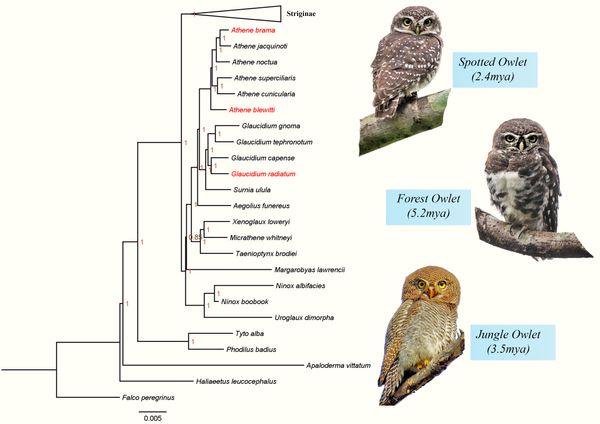
Figure 2 A phylogenetic tree of related raptors.
It is also interesting to note that the Forest Owlet, though highly similar to the much commoner Spotted Owlet in plumage, body size and structure, is markedly different from other Athene species in terms of behaviour (being primarily diurnal), vocalization and osteological features. In a first for India, we used next-generation sequencing and UCE markers to resolve the taxonomic ambiguity of a species and place the Forest Owlet as the earliest member of the Athene clade.
All co-authors edited and contributed to the final version of this article.
Image credit
Top right: Saswat Mishra © CC BY SA 4.0 Wikimedia Commons.
If you want to write about your research in #theBOUblog, then please see here.


